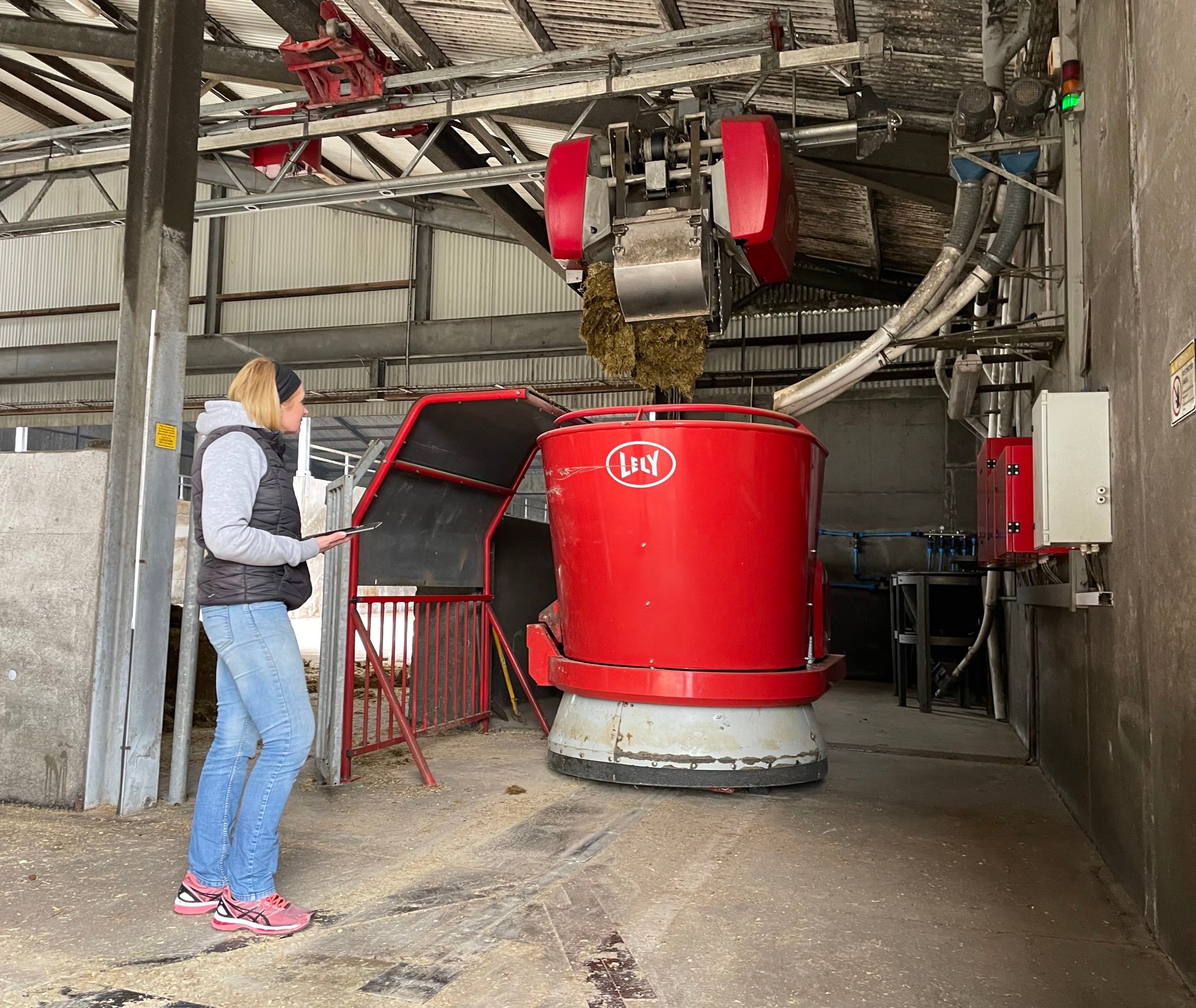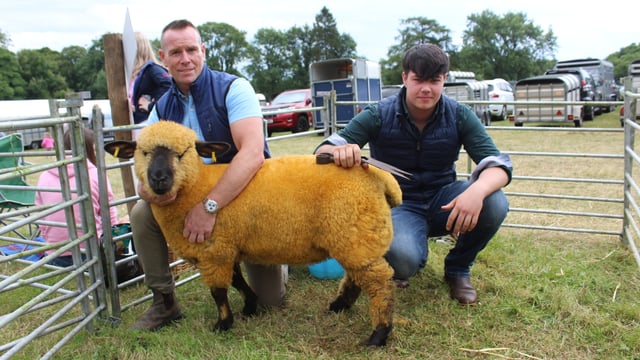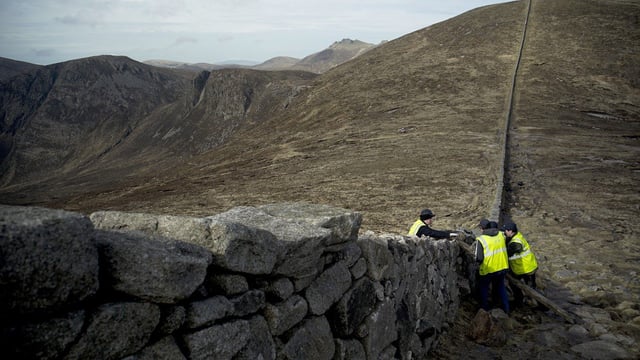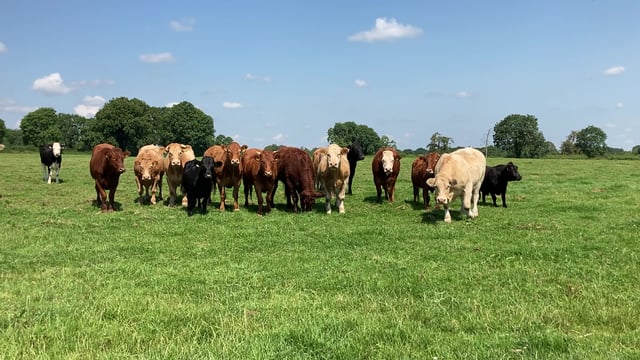Sponsored Article
Robotic feeding system helps one woman run the show in Cork
Sponsored Article

Aine Sweeney is beef farmer from Banteer, Co. Cork, who manages Glen South Farm’s 1,500 head dairy-bred finishing unit.
Glen South Farm's latest throughput is 227 head in an average 59 days, achieving 1.91kg DLWG (daily liveweight gain), killing at 624kg liveweight and a 48.5% kill-out.
“Yes, margins are slim, however this is a viable profit-led business that’s run by figures," said Aine.
"We’re focused on finishing bought-in stores as quickly as possible - the bigger the throughput, the bigger the income - while we keep both fixed and variable costs to an absolute minimum.
"We’ve such a simple system, I’m able to manage the entire farm singlehanded."
Robotic feeding system
Since the finishing unit was established in 2014, central to the operation’s success is the Lely Vector automated feeding system, the first to be introduced to a beef unit in Europe.
“The system delivers a forage-based mix that I programme from my phone app or desktop, or I can manage remotely from home," said Aine.
"The Vector’s management software programme indicates average feed intake and subsequent cost/pen,” discussed Aine.
The system is currently programmed to mix a 12% DM (dry matter) TMR (total mixed ration) fed at a daily rate/head of 6kg grass silage, 6kg WCW (whole crop wheat), 8kg maize silage and 6kg beef finisher concentrate.
The robot feeds out seven times a day and travels around the feed passages every 40 minutes pushing up.
Discussing the benefits of a TMR feeding system, Aine said: “Feeding fresh TMR little and often mimics the freedom of a grazing system - the cattle get up to eat, drink, lie down and ruminate whenever they wish.
“It makes for a calm, stress-free environment. There’s no competition at the feed fence and every single animal has the same opportunity, even the shy ones feel sufficiently confident to come up to eat.
The single span shed with external feed passages, accommodates 250 cattle on rubber slats in pens of 25.
To further minimise stress, they remain in the same pens from entry to exit. Cattle are weighed shortly after entry and when leaving the shed.
“If one hasn’t achieved target weight by 70 days, then it has to go; it’s no longer cost effective to keep,” said Aine.
Minimised fixed costs
The robotic feeding system has also enabled Glen South to minimise its fixed costs.
Aine explained how this was possible: “The Vector’s weekly running costs amount to approximately €50.
"Compared with a tractor-drawn mixer wagon, diesel costs are virtually eliminated, along with feed waste, whilst reducing emissions over 10-fold to less than 4t carbon dioxide (CO2)/year.
Discussing how the herd's welfare has improved, Aine said: “The system also frees up my time to focus on husbandry.
"My routine includes spending 45 minutes each morning and evening walking the pens, checking each animal.
“Then it takes me 15 minutes each weekday to fill the kitchen - cutting blocks of clamp silage, positioning and tidying up the floor.
"Twice a day I scrub out the water troughs. The more time-consuming jobs e.g. vaccination and clipping, are reserved for each new intake.”
The main benefits that Aine mentioned the the Lely Vector offers include:
For more information on the Lely Vector, click here.
Sponsored Article







